Avian flu
How worried should we be?
As many as 2 million Americans would die. Hundreds of millions of people would perish around the globe. In the chaos triggered by the pandemic, Third World regimes would fall, U.S. hospitals and undertakers would be overwhelmed, retail sales would plunge, and stock and housing markets would collapse. That's what could happen, said William Prochnau and Laura Parker in Vanity Fair, if the planet were suddenly ravaged by a widespread outbreak of avian flu. Though this mysterious disease has infected only 116 people so far, 60 have died. That's a mortality rate of more than 50 percent. If the virus gains a foothold in humans, and mutates so that it's more infectious, it could be more deadly than the Spanish flu pandemic of 1918, which, in a far less populous world, killed 500,000 Americans and 50 million people altogether. 'œA plague of biblical proportions could be just ahead.'
Until last month, almost no one took such warnings seriously, said Christine Gorman in Time. But then 'œa couple of furies named Katrina and Rita'' called Washington's attention to ignored warnings. Last week, Health and Human Services Secretary Mike Leavitt seized on the opportunity to brief Congress, senior administration officials, and President Bush about the avian flu. Following one closed-door session, the Senate quickly voted to spend $3.9 billion to develop a readiness plan. Hearing the worst-case scenario, said Minority Leader Harry Reid, 'œscared the hell out of me.'
It's about time Washington woke up, said Marcela Sanchez in The Washington Post. For two years now, health officials have been warning that a flu pandemic on the scale of 1918's Spanish flu was 'œnot a question of if but when.' That pandemic, recent DNA research has revealed, originated in an avian flu that jumped the species barrier and spread among humans. A similar virus is incubating in the vast, commercially farmed chicken population of Southeast Asia. Officially designated H5N1, the strain is now communicable only through direct exposure to infected birds. But some researchers fret that the virus will eventually mutate in a human host, become highly infectious, and spread like wildfire throughout the globe.
The Week
Escape your echo chamber. Get the facts behind the news, plus analysis from multiple perspectives.

Sign up for The Week's Free Newsletters
From our morning news briefing to a weekly Good News Newsletter, get the best of The Week delivered directly to your inbox.
From our morning news briefing to a weekly Good News Newsletter, get the best of The Week delivered directly to your inbox.
Some perspective, please, said Dr. Marc Siegel in the Los Angeles Times. Even if we take the Spanish flu as a model, we've come a long way since 1918, when 'œthere were no flu vaccinations and no antiviral drugs.' And most virologists believe the current bird flu has a very low chance of jumping the species barrier and turning into a global nightmare. Once again, fearmongers have taken a real health threat and blown it out of all proportion—just as they did with SARS, West Nile virus, anthrax, and mad cow disease. The lesson of these previous panics is clear: 'œThe worst case is not the only case.'
Holman Jenkins Jr.
The Wall Street Journal
A free daily email with the biggest news stories of the day – and the best features from TheWeek.com
-
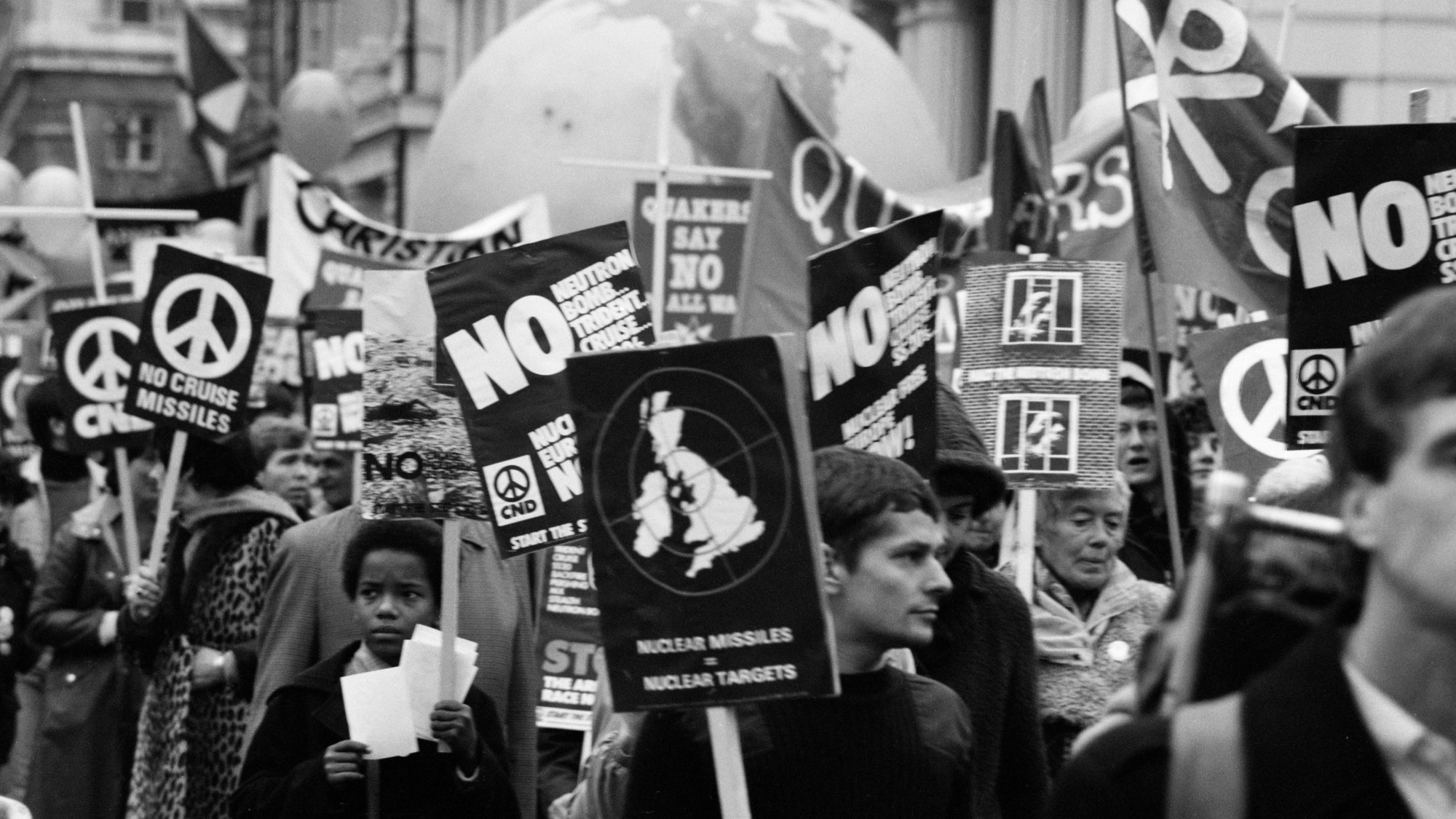 The history of US nuclear weapons on UK soil
The history of US nuclear weapons on UK soilThe Explainer Arrangement has led to protests and dangerous mishaps
-
 Tea with Judi Dench: ‘touching’ show is must-watch Christmas TV
Tea with Judi Dench: ‘touching’ show is must-watch Christmas TVThe Week Recommends The national treasure sits down with Kenneth Branagh at her country home for a heartwarming ‘natter’
-
 Codeword: December 24, 2025
Codeword: December 24, 2025The daily codeword puzzle from The Week
-
 Has Zohran Mamdani shown the Democrats how to win again?
Has Zohran Mamdani shown the Democrats how to win again?Today’s Big Question New York City mayoral election touted as victory for left-wing populists but moderate centrist wins elsewhere present more complex path for Democratic Party
-
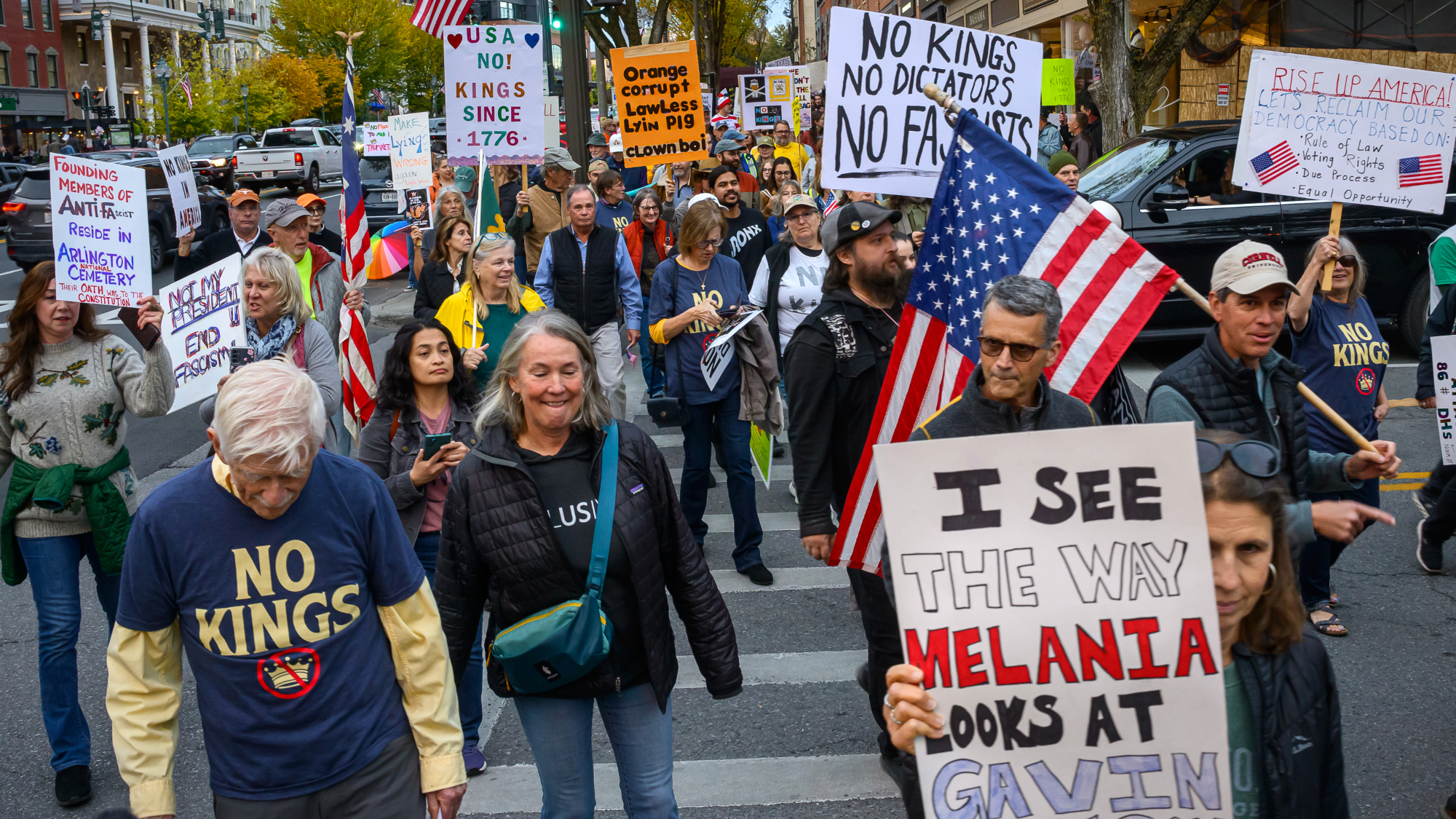 Millions turn out for anti-Trump ‘No Kings’ rallies
Millions turn out for anti-Trump ‘No Kings’ ralliesSpeed Read An estimated 7 million people participated, 2 million more than at the first ‘No Kings’ protest in June
-
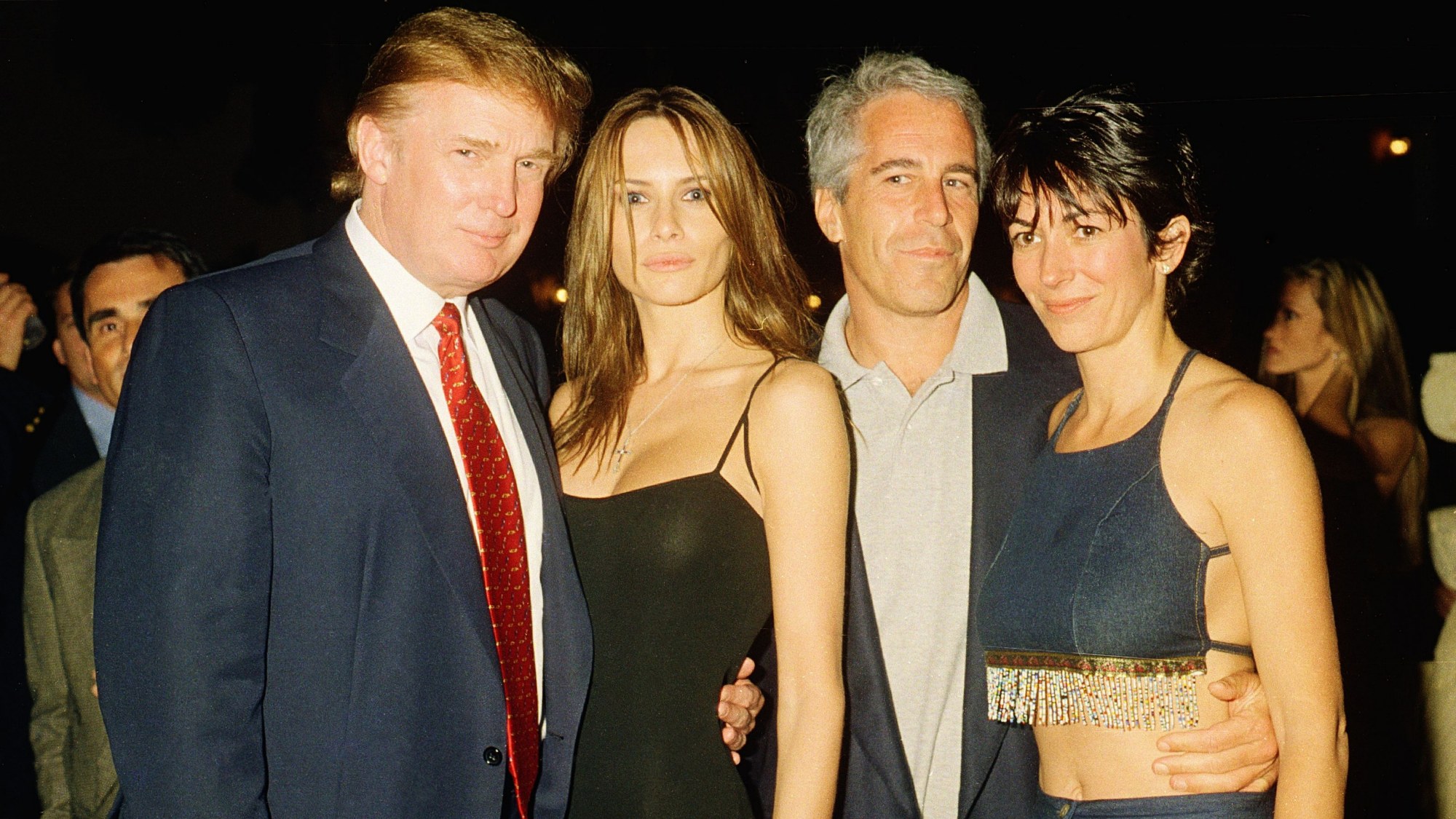 Ghislaine Maxwell: angling for a Trump pardon
Ghislaine Maxwell: angling for a Trump pardonTalking Point Convicted sex trafficker's testimony could shed new light on president's links to Jeffrey Epstein
-
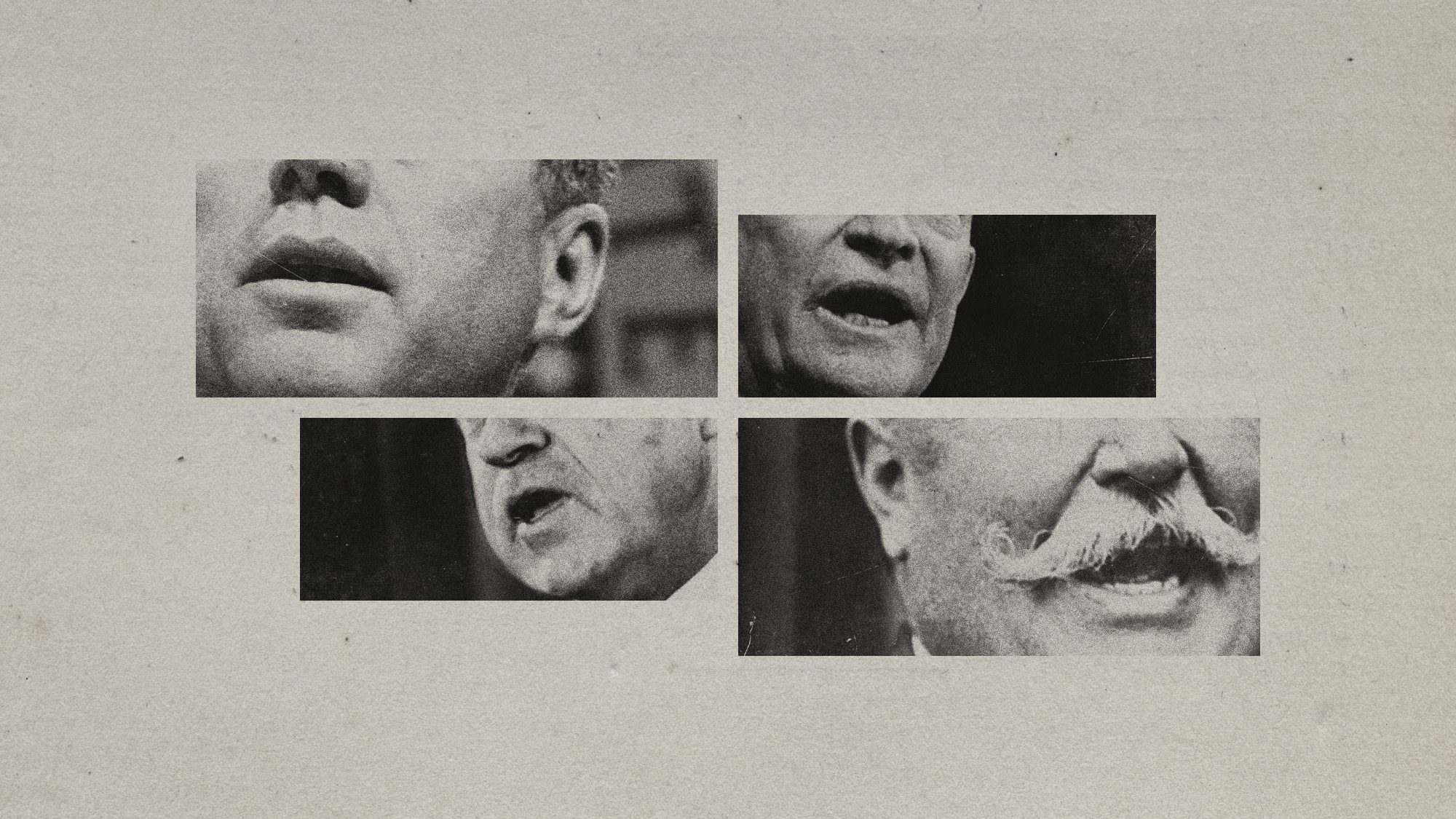 The last words and final moments of 40 presidents
The last words and final moments of 40 presidentsThe Explainer Some are eloquent quotes worthy of the holders of the highest office in the nation, and others... aren't
-
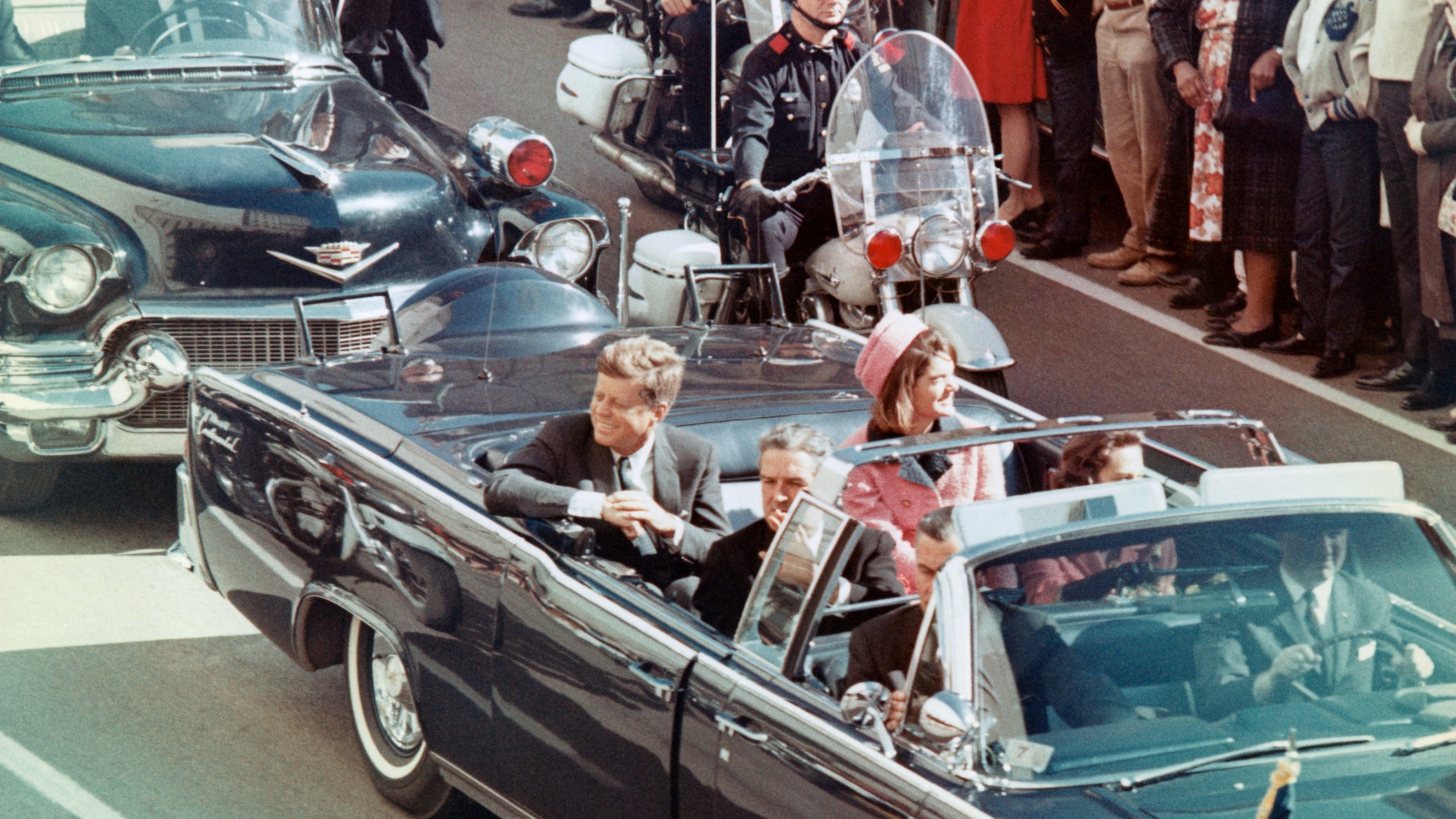 The JFK files: the truth at last?
The JFK files: the truth at last?In The Spotlight More than 64,000 previously classified documents relating the 1963 assassination of John F. Kennedy have been released by the Trump administration
-
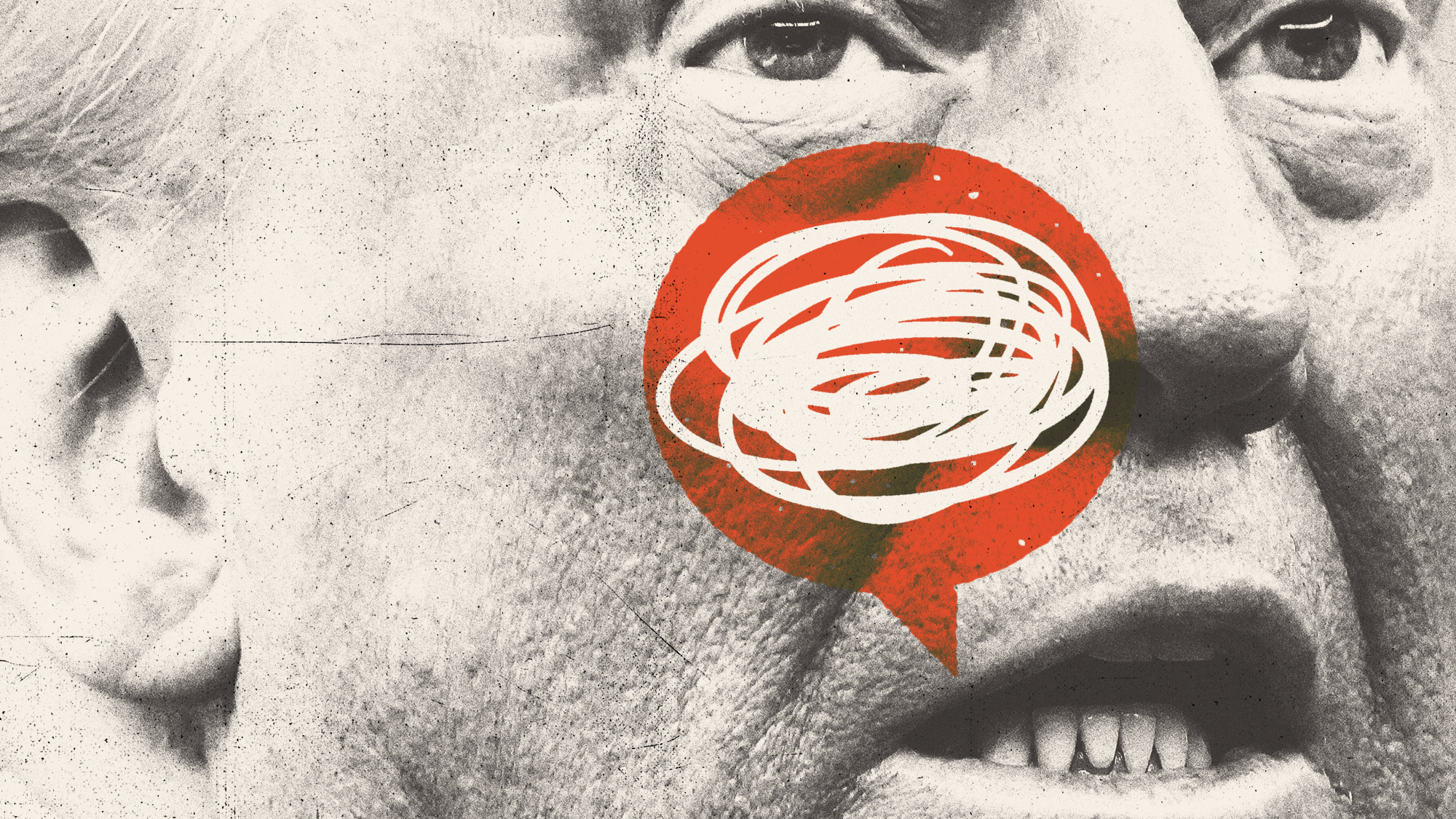 'Seriously, not literally': how should the world take Donald Trump?
'Seriously, not literally': how should the world take Donald Trump?Today's big question White House rhetoric and reality look likely to become increasingly blurred
-
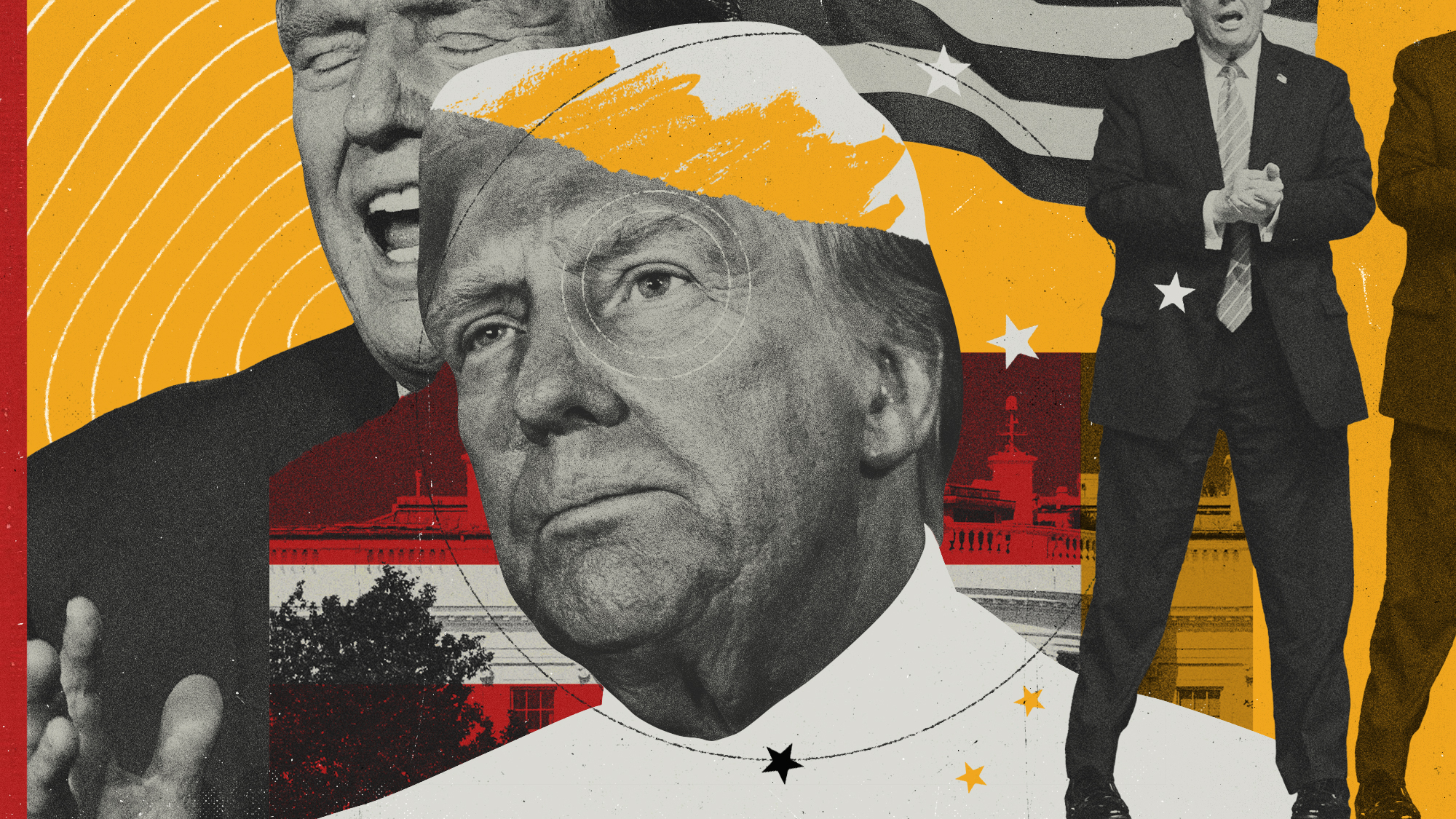 Will Trump's 'madman' strategy pay off?
Will Trump's 'madman' strategy pay off?Today's Big Question Incoming US president likes to seem unpredictable but, this time round, world leaders could be wise to his playbook
-
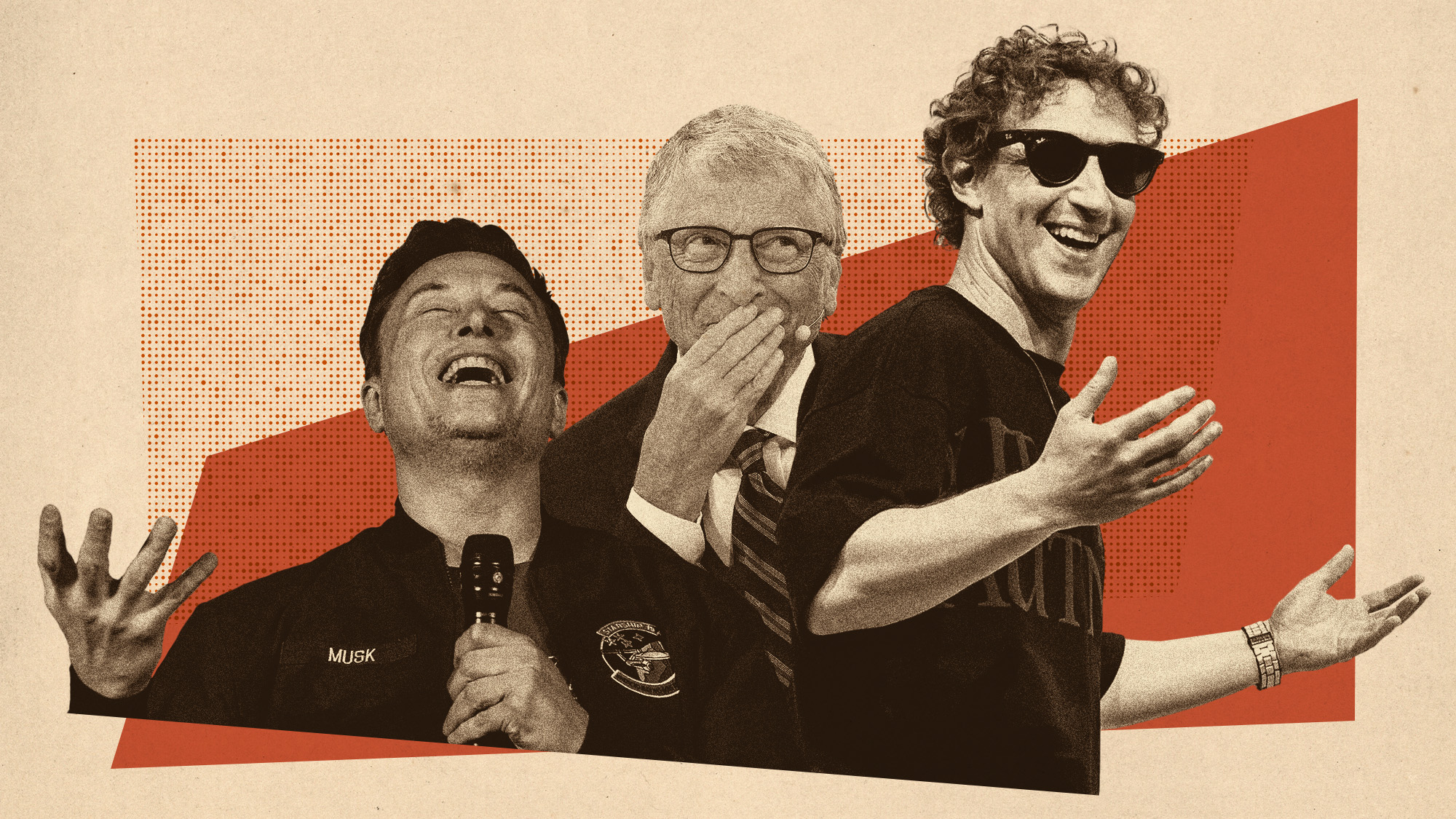 Democrats vs. Republicans: who do the billionaires back?
Democrats vs. Republicans: who do the billionaires back?The Explainer Younger tech titans join 'boys' club throwing money and support' behind President Trump, while older plutocrats quietly rebuke new administration